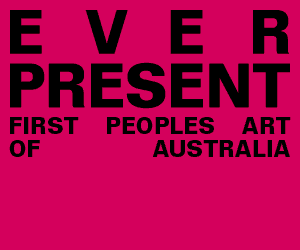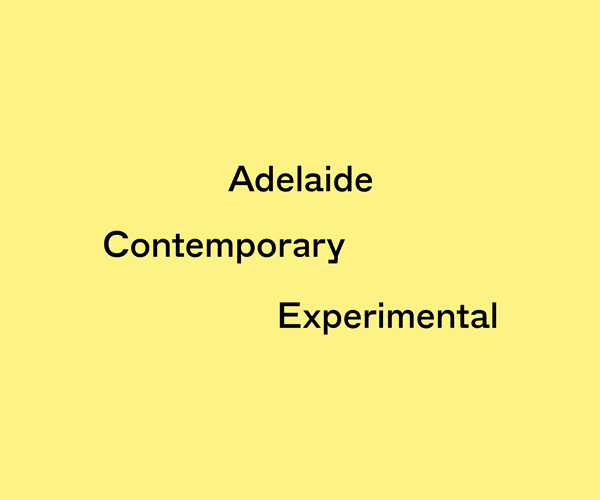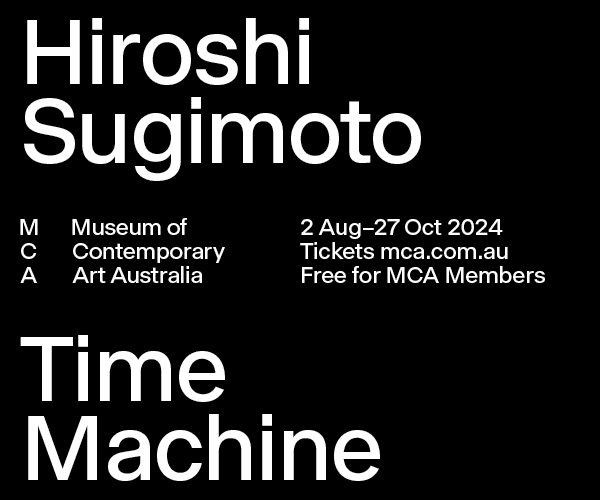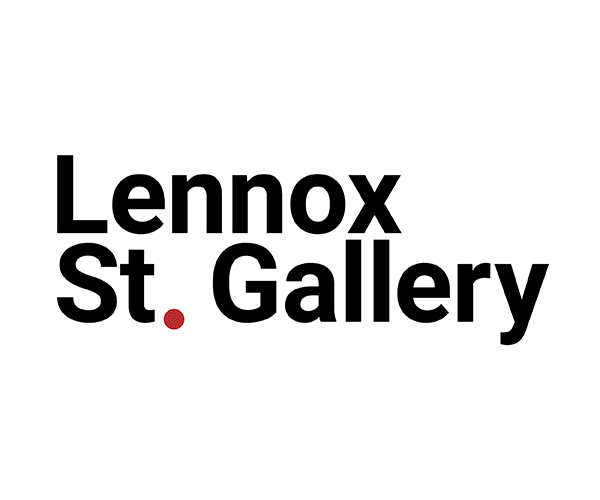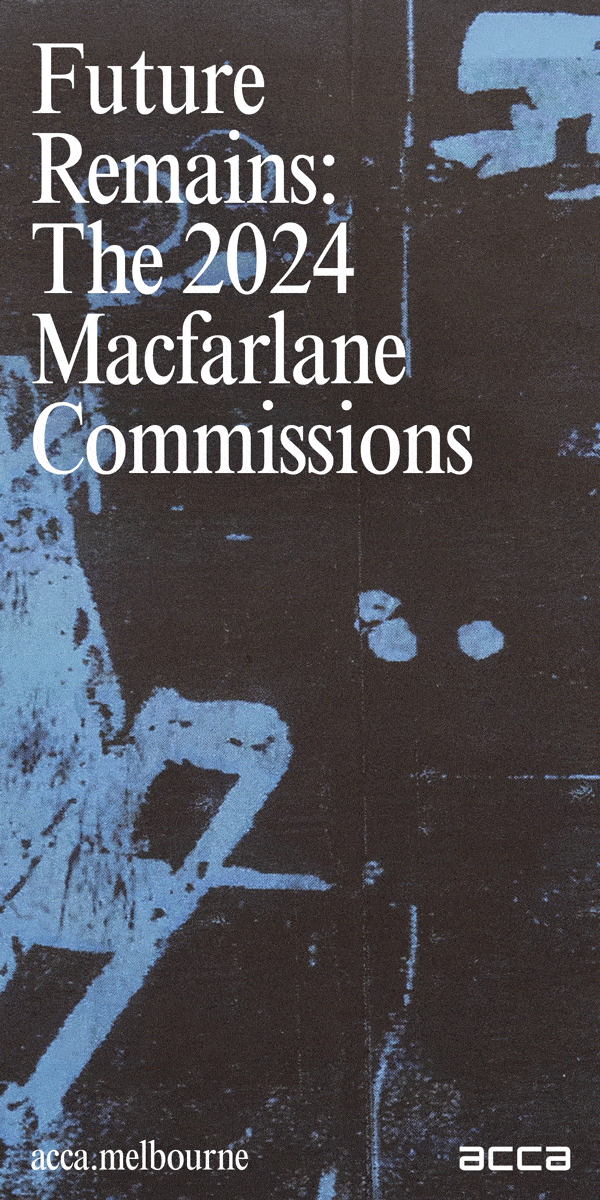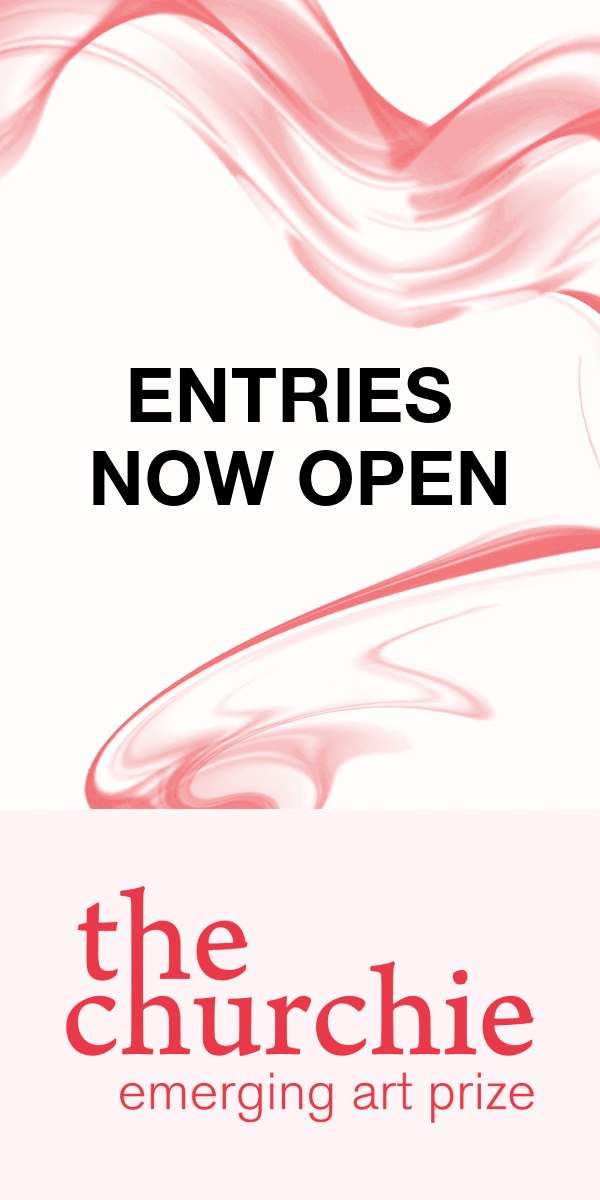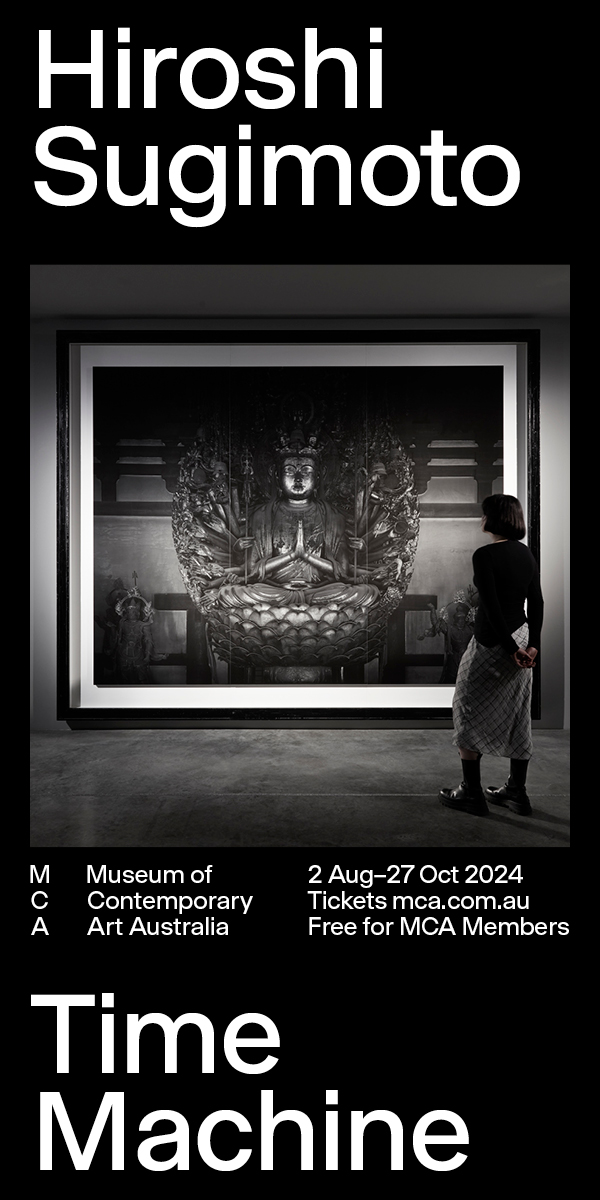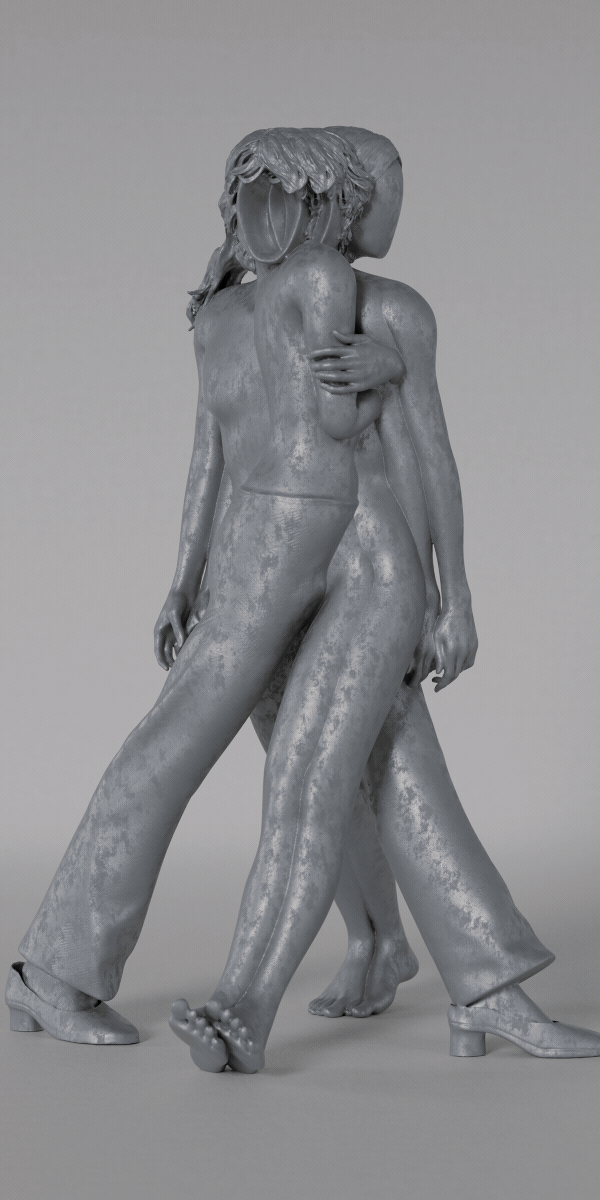Iris of the Beholder: Iris Van Herpen
VAULT speaks to Dutch designer and visionary Iris van Herpen about her multi-disciplinary couture practice bridging fashion, art and science, and why her latest collection offers hope for a rebirth through our complex relationship with nature.
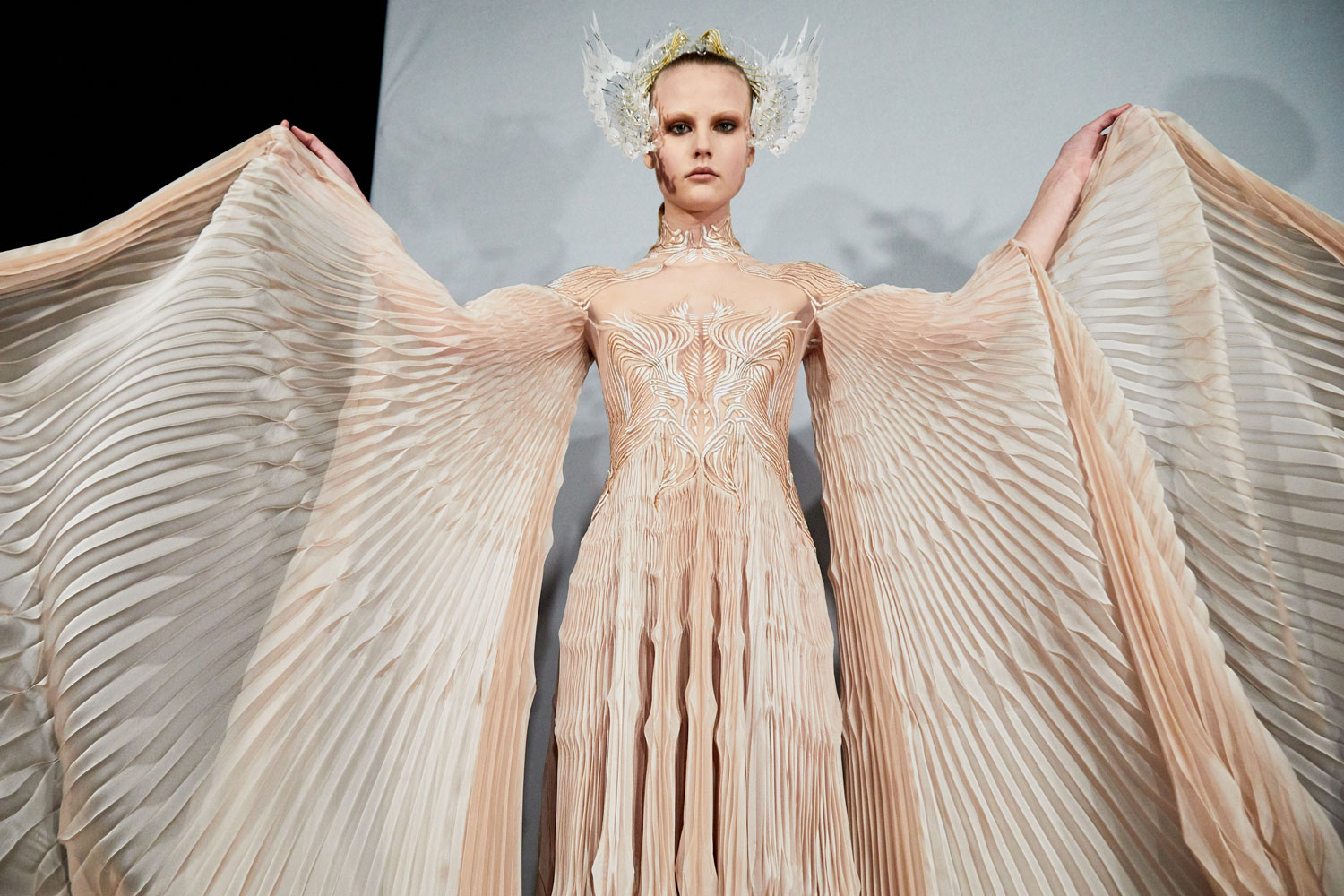
Image credit: Iris van Herpen Couture, Backstage of SS21, Roots of Rebirth. Photo: Molly SJ Lowe
All eyes are on Iris. For over a decade, Dutch designer Iris van Herpen has mesmerised our optics with her haute couture creations, cloaking the human form in the aesthetics of shape and space. No matter how often one beholds her sculptural works of wearable art, there is still something about an Iris van Herpen creation that defies words. Iris Art? Iris Couture? Iris Art of Couture.
\In the context of haute couture, van Herpen’s extraordinary geo-spatial awareness is witnessed once in a generation. To call her a ‘fashion designer’ by no means captures her mystique as
an orchestrator of fabric, architecture
and technological innovation. She is perhaps better considered one of our
most progressive – even fearless – design minds, with an M.C. Escher-like ability
to challenge our perception of reality.
“My vision and my atelier are an exploration of collaboration – to share creative vision and knowledge, and to bring fashion, art, science, architecture and innovation closer together,” says van Herpen. “Sharing expertise among specialists in diverse disciplines can inspire and shape the future of fashion, and can make us think of fashion in ways that were previously unimaginable.”
Indeed, ‘future’ is a word often associated with van Herpen’s design practice. ‘Truth’ might be another. Starting her label in 2007 after studying fashion design at ArtEZ Institute of the Arts in Arnhem (and then interning at Alexander McQueen in London), van Herpen is one of a handful of designers whose practice epitomises the true definition of the commonly misused haute couture label. A member of the Fédération de la Haute Couture et de la Mode since 2011, her work is an expression of artisanal ingenuity, painstakingly hand-crafted in her Amsterdam-based atelier and adhering
to the most rigorous regulations.
Beyond labels and industry accolades, however, van Herpen’s garments represent an existential language in themselves. Amid a global climate of great uncertainty, she invites us to float in the lightness of what could be, as well as the reality of what is.
Yet, one must ask, how does a designer
of van Herpen’s ilk navigate their way through a pandemic that has shaken the world of fashion and, perhaps more so,
haute couture? A rebirth is the way forward, she posits. Inspired by the work of biologist Merlin Sheldrake, the designer’s Spring/Summer 2021 Roots of Rebirth collection explores the complexity of fungi and entangled ecosystems below ground, featuring her signature fusion of technology and craftsmanship to conjure the infinite communication systems being created beneath our feet.
“This year has been very disruptive, and the isolation of the times prompted me to search more deeply into the fragile interconnectedness we depend upon, the entanglement of ‘we’ – leaving the ever-growing focus on ‘I’ behind me for a moment,” the designer reflects.
Sheldrake’s writings muse upon the ‘fabric of life,’ a concept literally and thematically encapsulated by Roots of Rebirth as van Herpen encourages us to reassess our own perception of identity and connection to the earth. Silk, crêpe-de-chine and glass organza are not simply the fabrics from which the couture pieces are created. They assume a vital energy of their own; elements echoing earth, water and air are central to the unfolding narrative. Each piece in the collection anticipates a desire to dwell in a state of ethereal transitions and connections, an enticing existence for many viewers.
“The design process of this collection became quite meditative. I wanted to twist beneath the surface, into the soil,
to drape parallels with the branching beings of our own bodies and our own shape-shifting qualities,” she says. “Through Roots of Rebirth I wanted to share this positive view of rebirth, to embrace our entangled relationship with nature through blossoming bodies and shape-shifting silhouettes.”
The Gaia gown in the collection is constructed from thousands of hand-embroidered ‘roots’ elongated into panels of hand-stitched crêpe-de-chine. Despite the layered complexity of the garment, the model floats down the runway in a single breath, weightless, the gown appearing to be suspended in time and space. The Holobiont dress is crafted from a fabric called ocean plastic, produced from upcycled marine debris by ocean activist collective Parley. The fabric is printed and laser-cut into triangular tessellations, creating a “translucent and fragile interconnectedness” between fabric and skin. The garment moves with wave-like fluidity on the body, rippling over elongated limbs. “It looks so light,
but I know the truth,” commented Russian supermodel Natalia Vodianova, one of van Herpen’s muses in the show. Truth, that word again.
The designer’s alchemy has transcended borders, also making its presence felt here in Australia. The Art Gallery of South Australia (AGSA) is home to her Alchemy of Light dress, an original piece from her 2016/2017 Between the Lines couture collection. Created from silk tulle, thermoplastic polymer and transparent liquid polyurethane, the garment comprises a net of bubbles extending up around the head in a jagged silhouette, as though frozen in the air. The dress is alluringly sensual yet fragile in its tactility.
“I am really pleased that people in Australia are able to get close to some of my designs. It’s one thing to see the works through books or online, but being able to see the work in real life, up close, makes you understand the tactility, giving you a real experience of the designs,” says van Herpen.
One thousand four hundred hours of hand work and a technical production process involving laser cutting, vacuum forming and hand-heat moulding ensures the Alchemy of Light dress cannot be reproduced. AGSA’s Curator of Decorative Arts Rebecca Evans (who led the acquisition endeavour for the work in 2017) notes that, like each garment created in van Herpen’s atelier, this piece is perceived by both curators and visitors as a work of contemporary art in the gallery context. It represents the oeuvre of a designer working at the very forefront of her practice.
“I have an extensive list of both local and international designers whose work
I’d love to acquire, and Iris van Herpen
was always number one on that list for
a number of reasons,” explains Evans.
“Her practice is second to none – her ability to eloquently bridge fashion design, science and technology is extraordinary. There’s nobody really doing that in the way she does. She’s relatively young, and she is a she, which is significant in the context of the male-dominated haute couture industry.”
What does the future hold for Iris? Nobody can be sure. Unlike other designers who have retreated as a result of the pandemic, Iris van Herpen has quietly, elegantly, continued in her practice, challenging us with the complexities of visual perception. Any designer who not only refuses to submit to a global pandemic but also uses it as an impetus for accessing new realms of creativity embodies the artistic spirit and its ability to flourish in adversity. Van Herpen reflects on a new energy in her surrounds – an invigorating shift in current, a spring of hope, which she channels from herself into her collaborators, and out to the world.
“The freedom to explore new routes
and new lands of fashion as a community is identifying the atelier,” she says. Imagine the unimaginable.
irisvanherpen.com
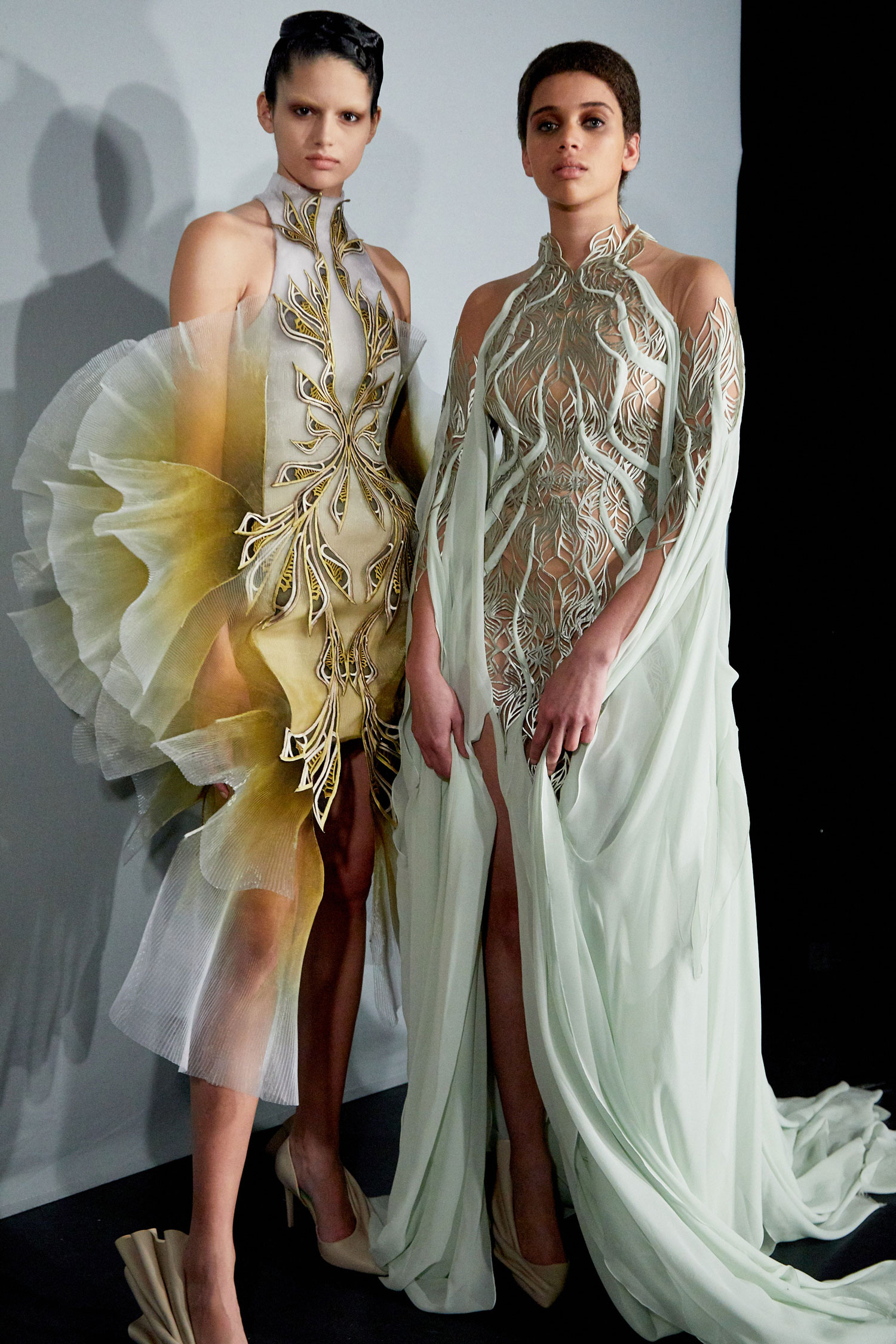
Image credit: Iris van Herpen Couture, Backstage of SS21, Roots of Rebirth. Photo: Molly SJ Lowe
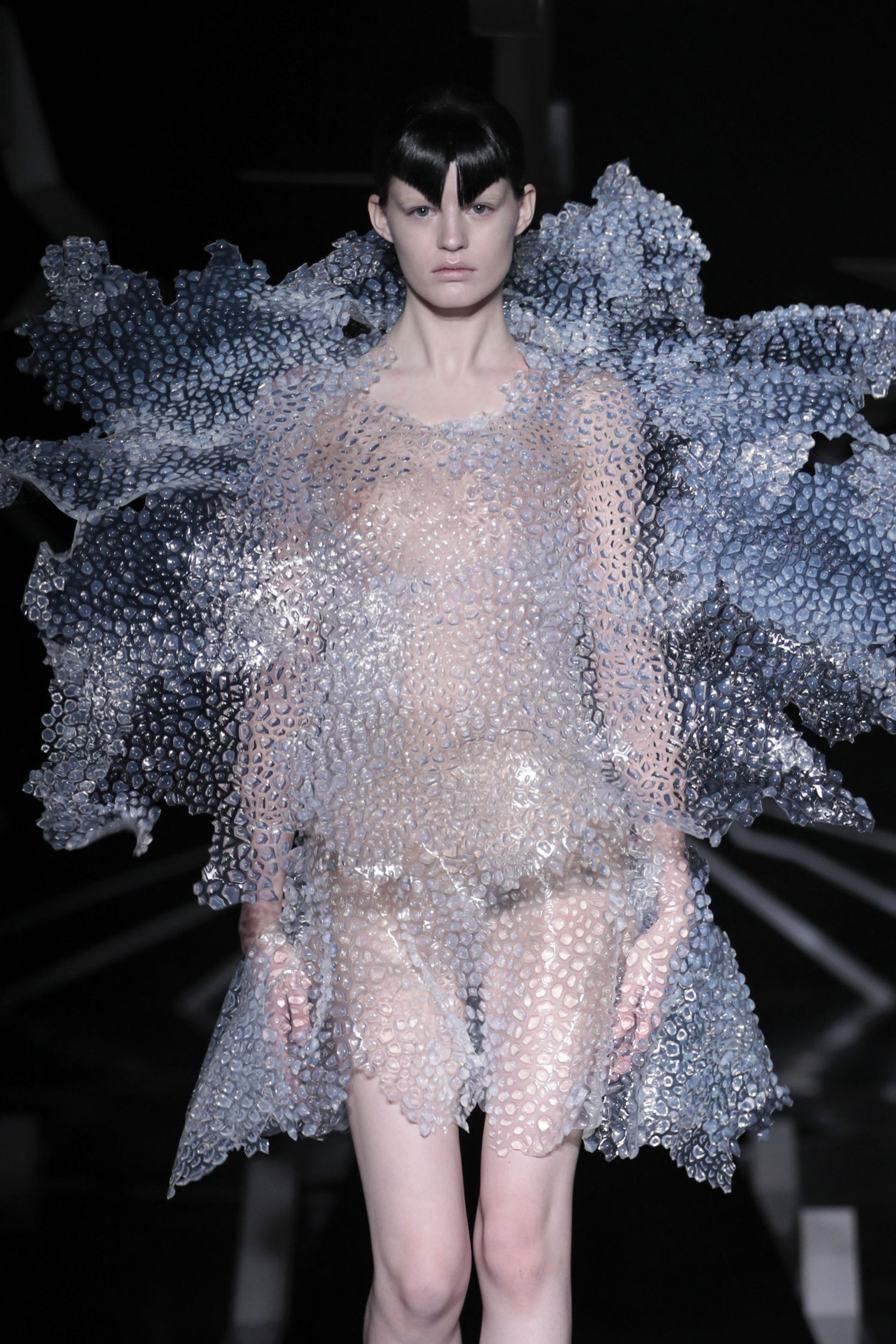
Image credit: Iris van Herpen Couture, Alchemy of Light dress from Between the Lines, 2016-17
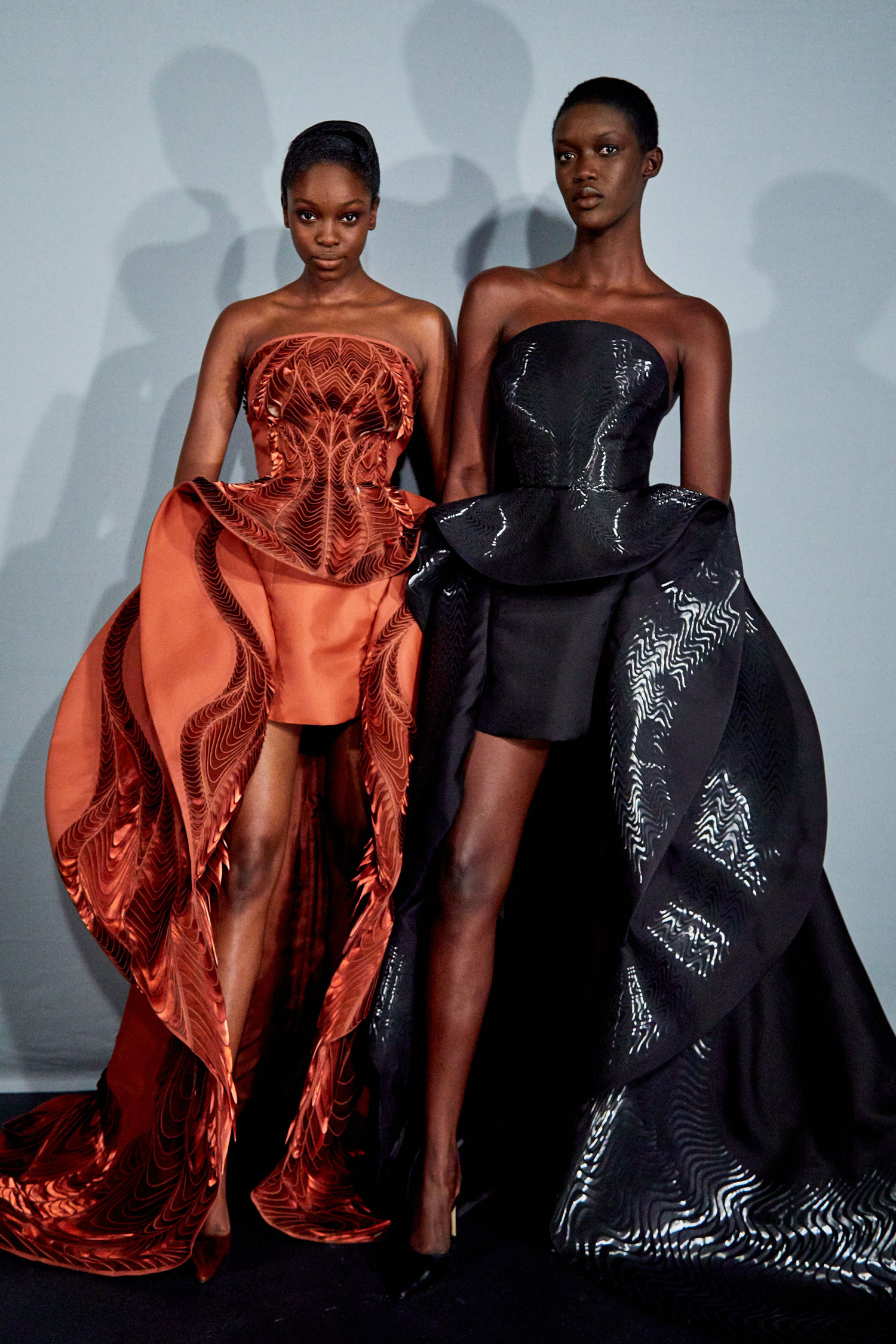
Image credit: Iris van Herpen Couture, Backstage of SS21, Roots of Rebirth. Photo: Molly SJ Lowe
This article was originally published in VAULT Magazine Issue 34 (May 2021 – July 2021).

Click here to Subscribe





